11 Essential Tips for Keeping Your Garden Soil Healthy This Summer
Keeping your garden soil healthy during summer can make a big difference in how your plants grow. Hot weather can dry out the ground quickly, making it harder for roots to get the moisture they need. With the right methods, you can help the soil stay cool and hold water longer. A few simple habits like mulching, watering at the right time, and using natural covers can protect your garden through the heat. These small changes can lead to stronger plants and better harvests. Taking care of your soil is one of the easiest ways to keep your garden thriving all summer long.
This post may contain affiliate links, which helps keep this content free. Please read our disclosure for more info.
Add a Layer of Mulch

Spreading mulch over your soil helps hold moisture and protects it from harsh sun exposure. Organic mulch like straw, bark chips, or shredded leaves creates a natural barrier that keeps water from evaporating too fast. It also helps slow down weeds, which can take water away from your plants.
During summer, mulch works like a shade for your soil. It helps the top layer stay cool, especially during heat waves. Choose a mulch that breaks down slowly so it can keep working through the season without needing constant replacement.
Water Early in the Morning
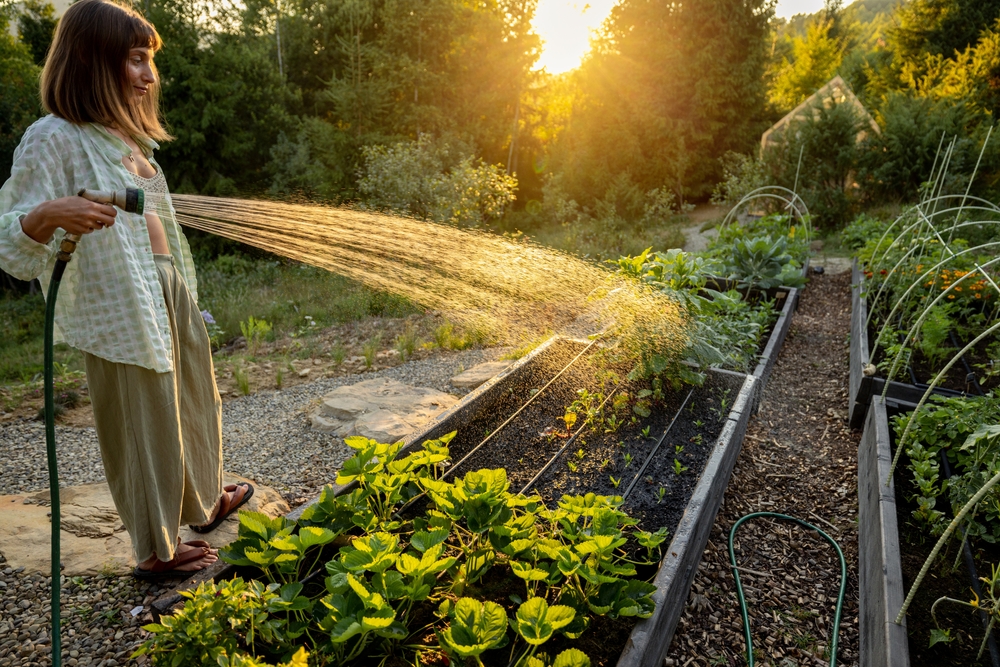
Watering in the early morning allows moisture to sink into the soil before the sun gets too hot. This timing helps reduce the amount of water lost to evaporation. When done regularly, it gives plants a steady supply of moisture to draw from throughout the day.
Early watering also lowers the chance of mildew or rot, which can happen if plants stay wet overnight. It gives leaves time to dry naturally while allowing the soil to soak up what it needs.
Use Soaker Hoses or Drip Lines
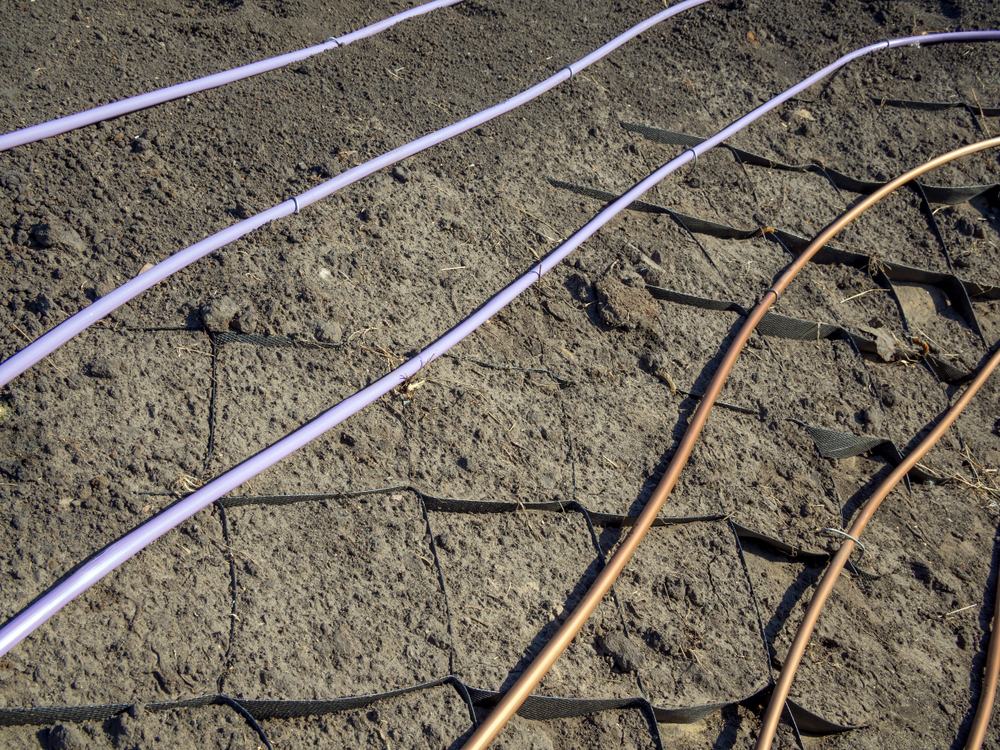
Soaker hoses and drip lines help you water slowly and right at the roots. Unlike sprinklers, they do not spray water into the air, which means less is lost to heat. These systems are great for summer because they keep the surface of the soil moist without making it muddy.
Using this kind of setup also cuts down on how often you need to water. The steady flow allows deeper penetration, which encourages roots to grow strong and reach farther into the soil.
Add Compost Regularly
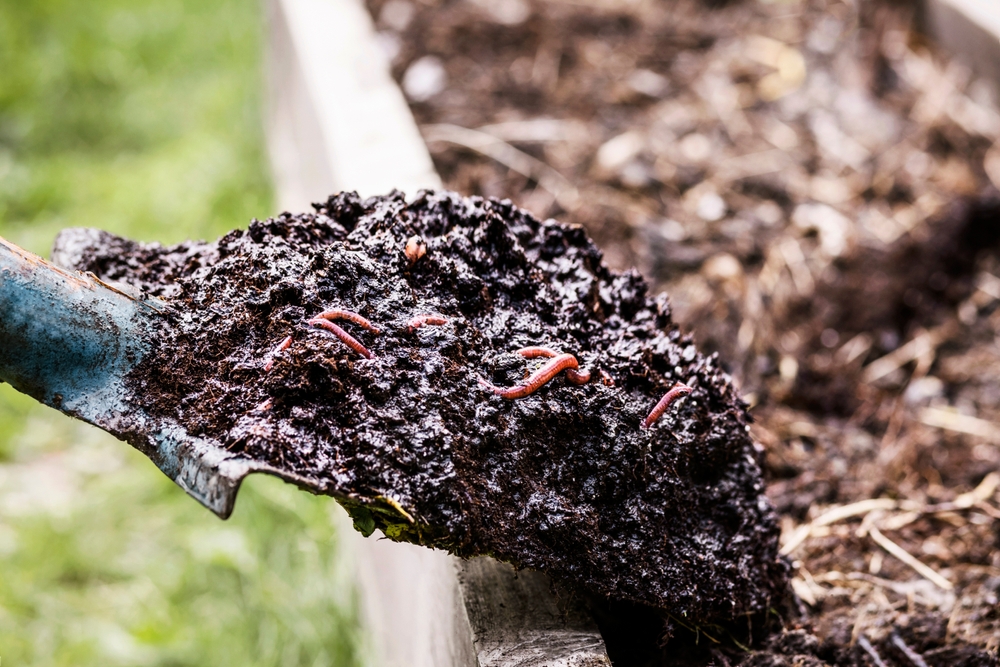
Compost improves the way soil holds water and adds nutrients that support plant growth. During summer, it keeps the soil from becoming too dry or hard. Mixing in compost helps sandy soil hold moisture and makes clay soil easier for roots to grow through.
It also encourages helpful microbes and worms to stay active. These tiny workers break down materials and create air pockets, which help the soil breathe and absorb water better.
Avoid Tilling During Dry Spells
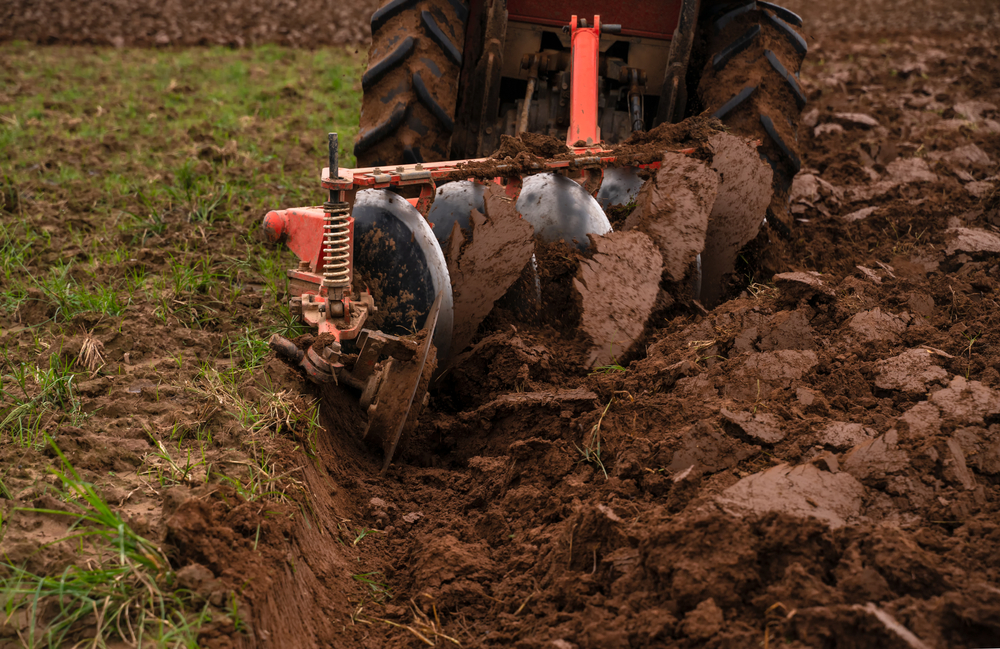
Tilling dry soil can cause it to break apart and lose its structure. It also brings moisture to the surface, where it evaporates faster. If the ground is already dry, disturbing it too much can make things worse and lead to compacted spots.
Instead, leave the top layer alone and focus on adding mulch or compost. These steps help the soil stay soft and rich without the need to dig it up.
Plant Ground Covers
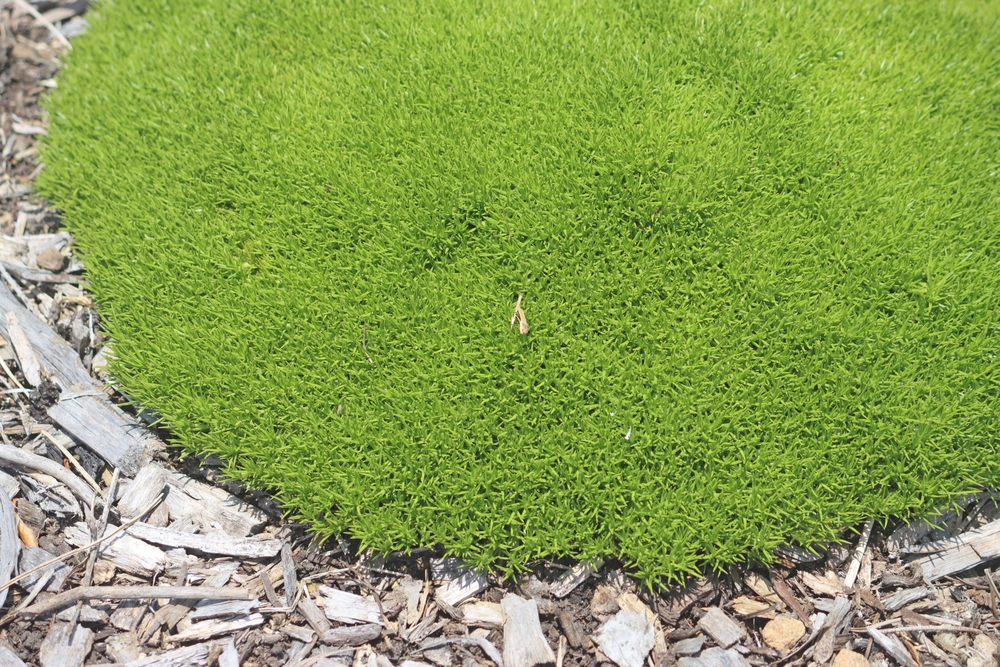
Ground covers help protect the soil from direct sunlight and reduce water loss. Plants like clover, creeping thyme, or sweet alyssum form a low-growing layer that shades the surface. This keeps the ground cooler and less likely to dry out during hot afternoons.
Besides holding in moisture, ground covers also help prevent erosion. Their roots bind the soil together, and their leaves provide a natural barrier that keeps the surface from becoming too hard or cracked.
Shade Sensitive Areas
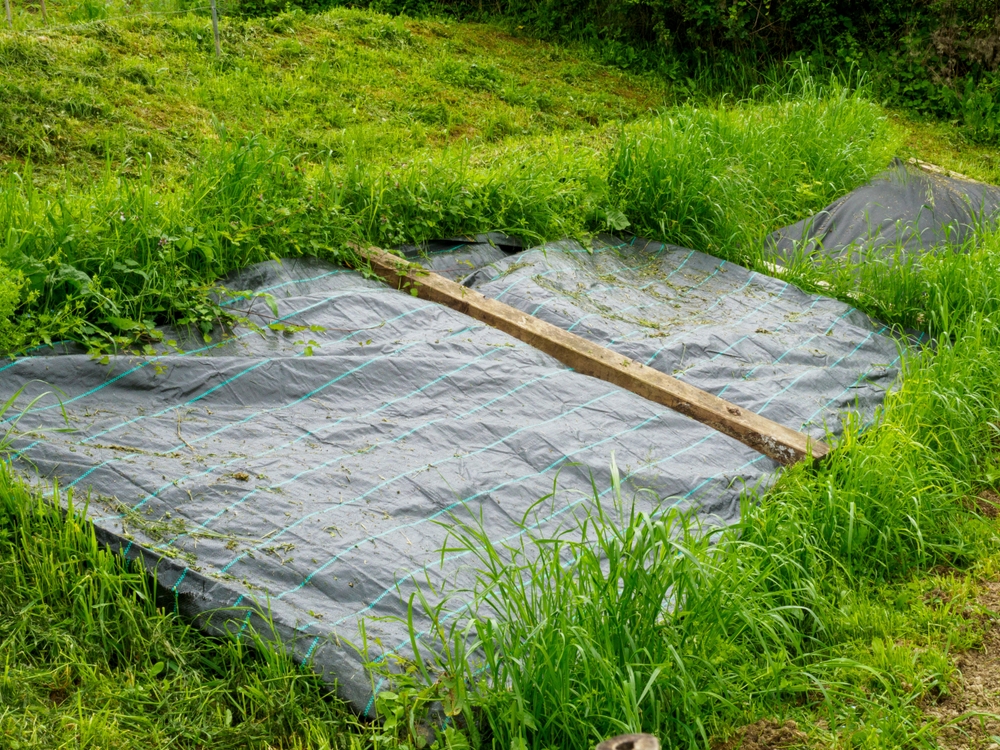
Using temporary shade during extreme heat can protect the soil from drying out too quickly. Shade cloth, old bed sheets, or garden umbrellas can block some of the sun’s intensity. This helps slow evaporation and gives your soil a chance to stay moist for longer periods.
This method is especially useful for young plants or shallow-rooted crops. You can adjust the shade as needed and remove it when temperatures cool down or when plants grow taller.
Keep Soil Covered After Harvest

When you finish harvesting a section of your garden, do not leave the soil bare. Empty spots can dry out fast and become hard to manage later. Instead, add mulch, plant a quick cover crop, or use compost to protect the area.
Leaving the ground uncovered allows weeds to move in and take up water meant for your plants. Covering unused areas keeps moisture in the soil and helps it stay loose and ready for the next round of planting.
Rotate Crops

Changing the location of your plants each season helps keep the soil balanced. Different crops pull different nutrients from the ground, and rotating them keeps one area from being overused. It also helps break cycles of pests that like to stick around in the same spot.
In summer, rotating crops helps you manage water use more evenly across the garden. Some plants are thirstier than others, so mixing things up can give your soil a break and help it recover faster.
Add Worms or Keep Them Around
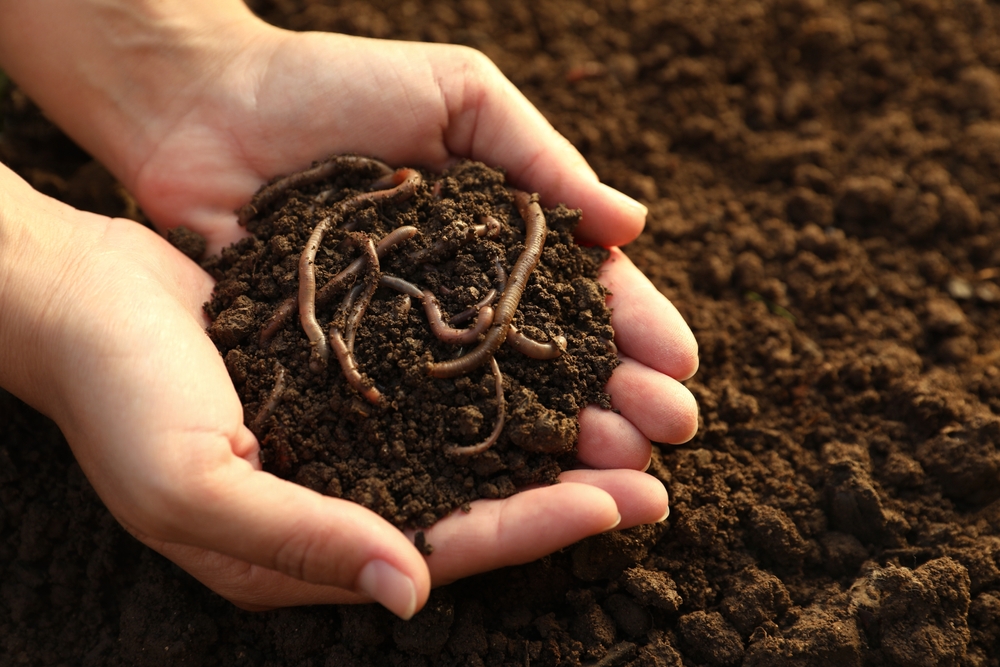
Earthworms are helpful partners in keeping soil healthy. They create small tunnels that let air and water move through the soil more easily. Their waste also improves the soil’s texture and adds natural nutrients.
During summer, you can support worms by keeping the soil damp and cool. Adding compost and avoiding harsh chemicals helps them stay active, which benefits your garden without any extra effort.
Avoid Overwatering

While it may seem helpful to water more during summer, too much water can lead to problems. Overwatering can push out oxygen and cause roots to rot, especially if the soil does not drain well. Water that sits on the surface can also attract pests or encourage mold.
Focus on watering deeply but less often. This helps the roots grow down where the soil stays cooler and moist, instead of staying shallow and exposed to the heat.
This article originally appeared on Avocadu.
